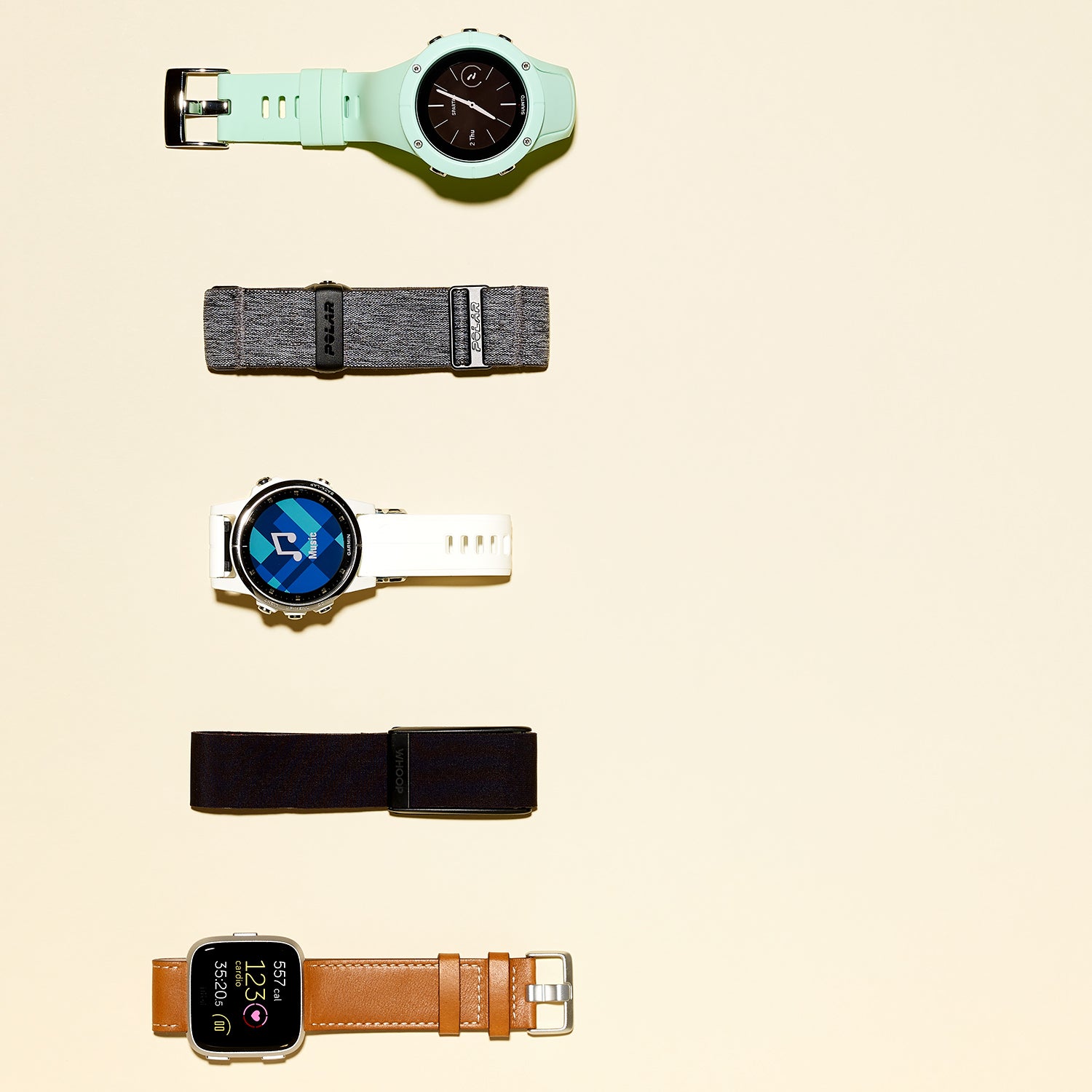The latest fitness bands are smarter and svelter than ever
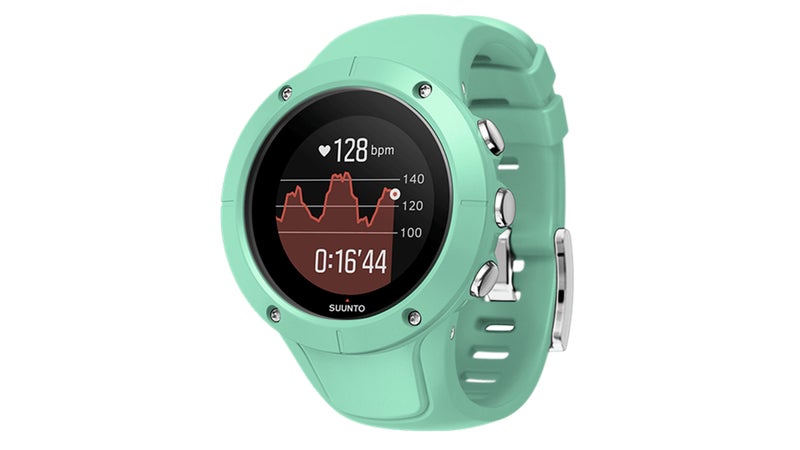
Suunto Spartan Trainer Wrist HR ($280)
Finally, Suunto gives the people what they want at a price they can afford. This is a full-featured triathlon watch, but it also tracks some sports the others don’t, like ice hockey. The Trainer Wrist HR crams in an optical heart-rate monitor, some decent smartwatch features (like call and message notification), and compatibility with power meters and other third-party sensors. There’s nothing on the market that even comes close, featurewise, for under $300.
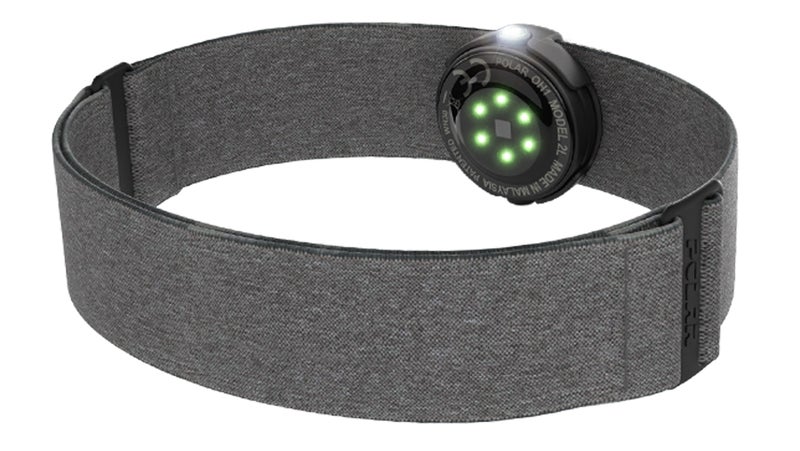
Polar OH1 ($80)
Chest straps are uncomfortable and inconvenient, while wrist-based heart-rate monitors compromise on accuracy. The Polar OH1 achieves a happy medium between usability and wearability. It’s designed to be worn on the upper arm, and we found it to be nearly as precise as a chest strap without the girdle vibe. It uses Bluetooth 4.0 to pair with your devices, so it’s easy to get a reading on the fly.
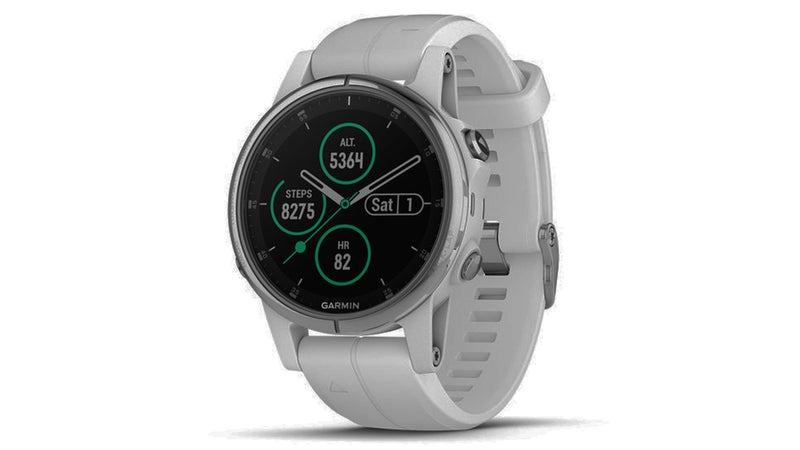
Garmin Fenix 5S Plus ($800)
Here’s a familiar face. The Fenix 5X, released in 2017, was one of our favorite watches ever. The 5S Plus does everything its predecessor did and more—in a smaller, sleeker package. Not only can this GPS watch track just about every activity under the sun, but it also includes U.S. topo maps and can store up to 500 songs. Plus, you can purchase stuff when you’re out and about via Garmin Pay.
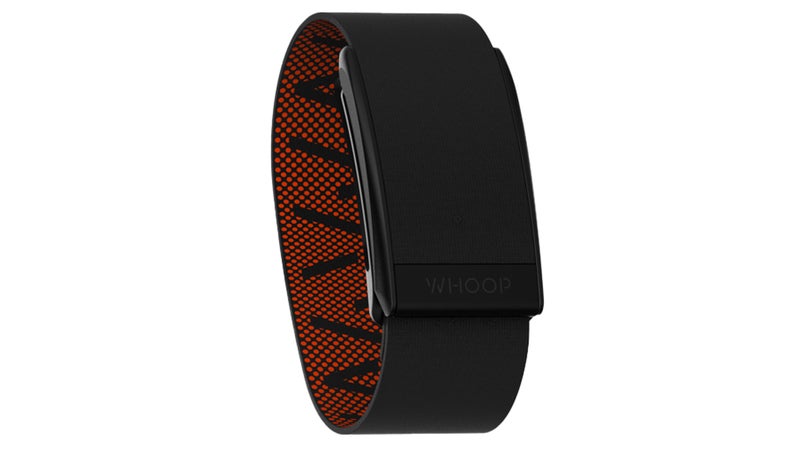
Whoop ($30 per month)
Yep, a subscription-only wearable. The monthly fee ($180 for 6 months) gets you the Whoop Strap 2.0, which measures heart-rate variability, skin temperature, and motion 100 times per second right from your wrist. Desktop and smartphone apps use that data to conduct detailed analysis of your exercise, sleep, and overall fitness level, and suggest recovery times.
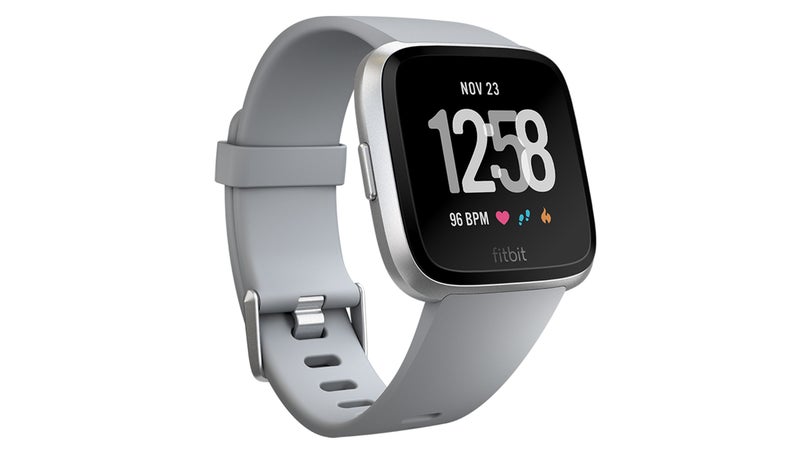
Fitbit Versa ($200)
The company that took fitness trackers mainstream finally made a smartwatch that’s enjoyable to wear. The Versa is small and svelte, sitting nice and flat on your wrist. The lack of GPS is a bummer, but there’s a lot to love here, including the ability to store music and advanced features like menstrual-cycle tracking for women. The screen is bright, sharp, and easy to read.


